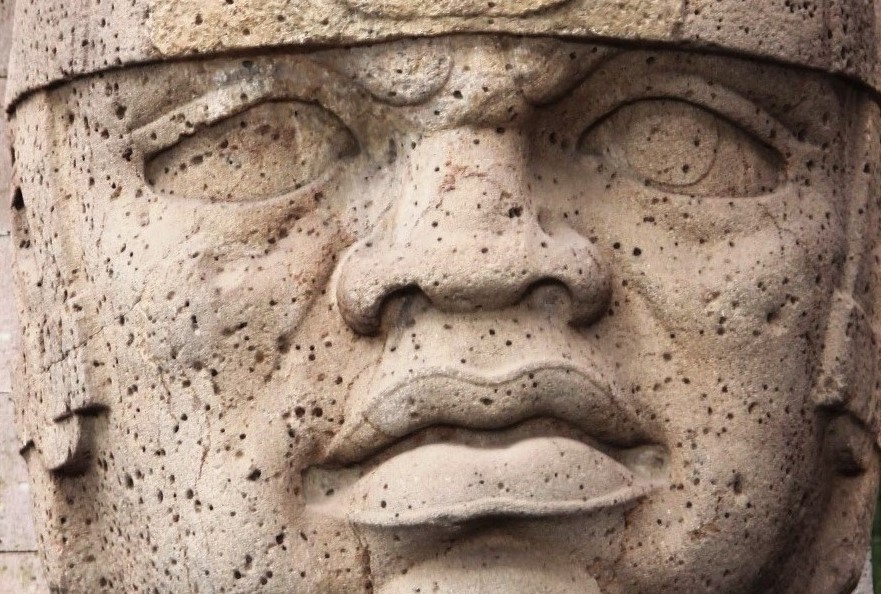
If you are planning a getaway for the season, there is no destination better than Mexico City. It continues to captivate and entertain many travelers from around the globe and is the ideal spot for cultural and scenic tours.
If you are searching for a healthy mix of ancient ruins and busy cities surrounded by breathtaking coastlines, Mexico offers the perfect opportunities for travel enthusiasts. Let’s dive right in;
Exploring the History and the Ancient Culture
Walking through Mexico City is an experience in of itself. It is a must for anyone curious about the country’s rich heritage. Locals will often point you to the ancient, must-explore sites along the way.
These include the archaeological wonders of Teotihuacan, Palenque, and Chichen Itza which allow you to travel back in time to pre-Columbian societies like the Aztecs and Mayans. The UNESCO World Heritage Sites don’t just look appealing; they are also a glimpse at the ingenuity and artistry of such ancient civilizations.
If you are looking for a pre-planned adventure where you don’t have to look for the sites on your own, consider booking tours to Mexico that guide you through the sites. These offer the best narrative and plan the logistics so you don’t have to, ensuring you get the experience you are looking for.
The Hub of Culture in the Region
A trip to Mexico is incomplete without an exploration of the cities where most of the locals dwell. Mexico City is a unique mix of art, history, and delightful cuisine. Consider stopping by at the historic Zócalo, explore the awe-striking murals of Diego Rivera, or simply walk through the neighborhoods of Coyoacán and Roma (don’t forget to pay a visit to the Frida Kahlo Museum).
Looking for inspiration? This article by Forbes puts some of the most underrated gems of the city into the spotlight for travels to experience.
The Natural Wonders
Mexico’s scenic beauty is just as diverse as its cultural offerings. The Copper Canyon in Chihuahua for instance is one of the most complicated networks of canyons that rivals the Grand Canyon in its scale and beauty.
Searching for the coast? Head over to Tulum for its pristine beaches or Bacalar’s Lagoon of Seven Colors for turquoise waters. You could also stop by the Monarch Butterfly Biosphere Reserve for a once-in-a-lifetime view of millions of monarch butterflies that migrate here each year.
The Cuisines
Mexico is celebrated specially for its cuisine and experiencing it firsthand in the city itself is the highlight of any trip to Mexico. You could choose to sample street tacos in Oaxaca, sip on tequila in Jalisco, or savor fresh seafood along the Yucatán coast. This is easily done through special food tours available all year round!
Key Takeaways
The best way to explore Mexico is by planning your journey. Be it ruins and the culture you are drawn to or simply relaxing by the beach and enjoying the cuisine, the best way to do it is to create an itinerary that captures a little bit of everything!










